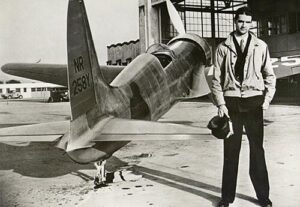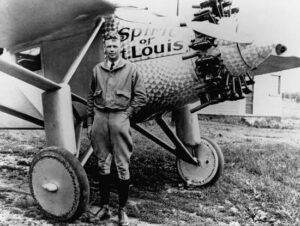Jimmy Stewart, the iconic Hollywood actor known for his roles in classic films such as “It’s a Wonderful Life” and “Mr. Smith Goes to Washington,” is not only remembered for his remarkable acting talent but also for his significant contributions to aviation. Beyond the silver screen, Stewart’s love affair with flying was profound and enduring, shaping not only his personal life but also leaving an indelible mark on the history of aviation.
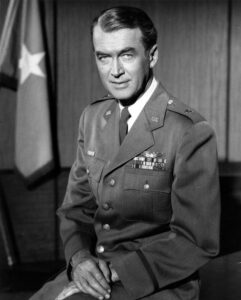
Jimmy Stewart, the Early Years of this Actor and Aviator
Stewart’s fascination with aviation began in his youth, long before he became a household name in Hollywood. He initially took an interest in flying during his time at Princeton University, where he joined the university’s prestigious Triangle Club, a theatrical society known for its elaborate musical comedies. However, it was during his acting career hiatus in the 1940s, prompted by his military service, that his passion for aviation truly took flight.
Military Service and Heroism
When World War II erupted, Jimmy Stewart, already a licensed pilot, enlisted in the United States Army Air Forces in 1941. Despite being initially rejected for being underweight, Stewart persevered and eventually became a pilot. His stature as a Hollywood star didn’t exempt him from the dangers of war; he flew numerous combat missions over Europe, including as part of the 453rd Bombardment Group. Stewart’s military service was not without its share of heroism. He was awarded the Distinguished Flying Cross twice for his actions in combat. One notable incident occurred when he led a bombing raid deep into Germany, despite adverse weather conditions and heavy anti-aircraft fire. His courage and leadership under fire earned him widespread admiration and respect among his fellow servicemen.
Jimmy Stewart Post-War Contributions to Aviation
After the war, Stewart’s passion for aviation continued to flourish. He remained an active member of the United States Air Force Reserve, eventually attaining the rank of brigadier general in 1959. He continued flying both military and civilian aircraft throughout his life, amassing an impressive number of flight hours. Stewart’s contributions to aviation extended beyond his own personal pursuits. He was a staunch advocate for aviation safety and served on the board of directors for the Aircraft Owners and Pilots Association (AOPA). His influence helped shape policies and initiatives aimed at promoting safer flying practices and improving aviation infrastructure. Jimmy Stewart’s legacy in aviation is as enduring as his contributions to film. His bravery in combat, coupled with his passion for flying, solidified his reputation as a true aviation pioneer. Beyond the accolades and awards, Stewart’s influence on aviation culture continues to inspire generations of pilots and enthusiasts alike.
Wrapping it Up
Jimmy Stewart’s journey from Hollywood icon to aviation hero is a testament to the transformative power of passion and dedication. His unwavering commitment to flying not only enriched his own life but also left an indelible mark on the history of aviation. As we reflect on his remarkable legacy, we are reminded that true greatness transcends the silver screen and takes flight in the boundless skies of possibility. That’s it for this week’s blog, until next time remember to Be Social, Fly Private!


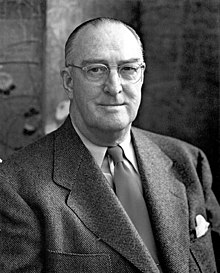
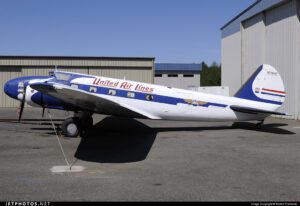
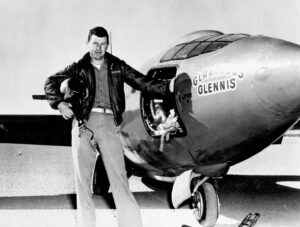
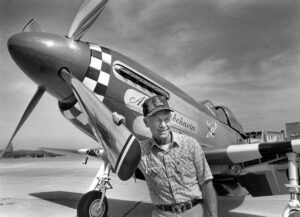
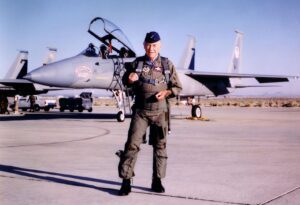

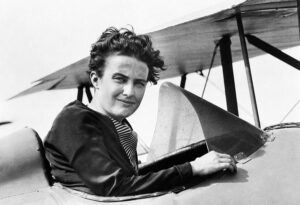 The name Helen Richey stands as a testament to courage, perseverance, and the indomitable spirit of women in the early days of flight. Despite the numerous obstacles she faced, Helen Richey not only became a famous female aviator but also paved the way for countless women to follow in her footsteps. In this blog post, we will delve into the inspiring life and accomplishments of Helen Richey, a trailblazer in the world of aviation.
The name Helen Richey stands as a testament to courage, perseverance, and the indomitable spirit of women in the early days of flight. Despite the numerous obstacles she faced, Helen Richey not only became a famous female aviator but also paved the way for countless women to follow in her footsteps. In this blog post, we will delve into the inspiring life and accomplishments of Helen Richey, a trailblazer in the world of aviation.

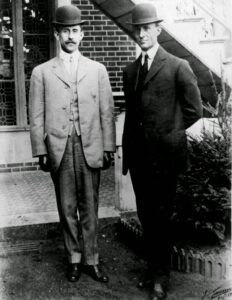
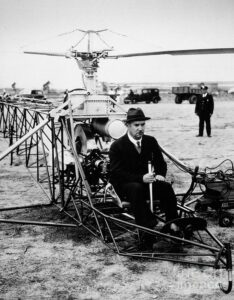
 his groundbreaking work on helicopters. Sikorsky recognized the potential of vertical flight and dedicated himself to solving the complex challenges associated with it.
his groundbreaking work on helicopters. Sikorsky recognized the potential of vertical flight and dedicated himself to solving the complex challenges associated with it.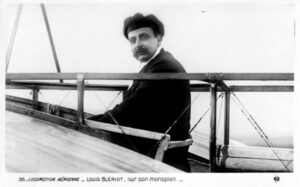
 Bleriot’s Early Experiments
Bleriot’s Early Experiments